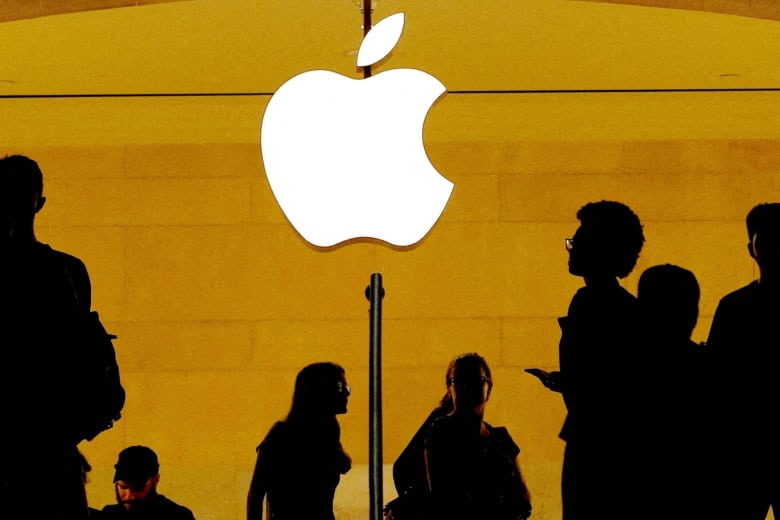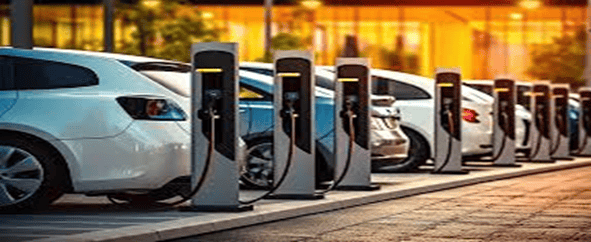One aspect that most countries across the globe have been striving to achieve is clean energy. However, there are many obstacles that lie in the way of achieving the same. Clean energy comes from renewable sources that do not pollute the environment or from efficient energy saving measures.
It is the power generated from renewable sources – the sources that do not run out and get replenished. In most cases, clean energy entails no release of harmful greenhouse gases like carbon dioxide and others. The most common types of clean energy include wind energy, solar energy, hydroelectric energy, nuclear energy and energy from biomass amongst others. Talking about nuclear energy as a source of clean energy which is a zero emission source and produces energy by the process of nuclear fission of uranium atoms. This process is done by the usage of nuclear reactors.
Nuclear reactors can be of various capacities. One of the more advanced versions of nuclear reactors are Small Modular Reactors (SMEs) which have a capacity of around 300 MW. Going by their name convention , they are small ( about 1/3rd the size of normal nuclear reactors), modular ( making it possible for systems to be factory assembled and transported to different locations), and reactors ( harnessing fission process to generate heat to produce electricity).
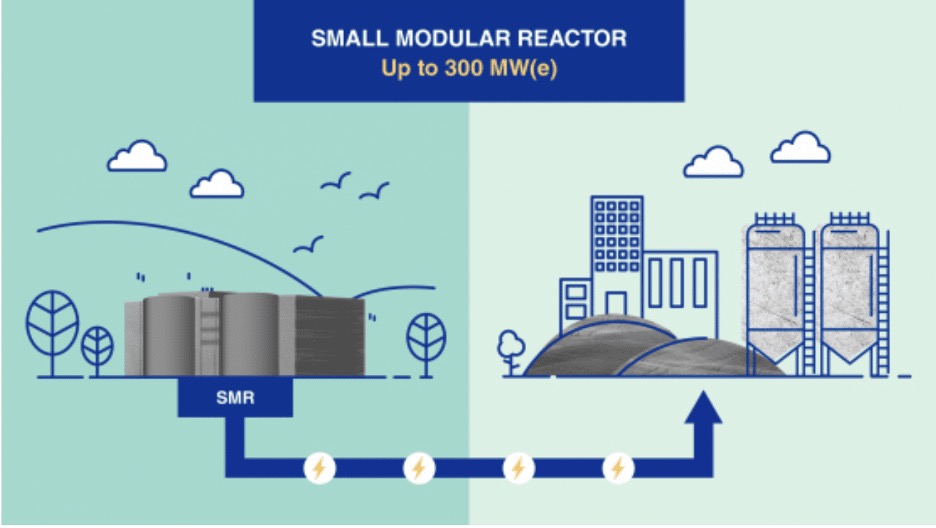
The Journey of Small Modular Reactors
As of today, there are more than 80 SMRs in operation in almost 19 countries across the world with first operations in China and Russia. The history dates back to the Chernobyl disaster after which the nuclear energy sector suffered a lot including fund cuts etc. It was then that making SMRs erupted as an idea. Until 2020, no truly modular SMRs had been built.In May 2020, the first prototype of a floating nuclear power plant with two 30 MW reactors – the type KLT 40 started operation in Pevek, Russia.This concept is based on the design of nuclear icebreakers.
Benefits
Business Perspective – Small Modular Reactors require lesser capital investment, have more scalability capacity, and mobility options as compared to the large nuclear reactors. This from a business/financial point of view gives leverage in terms of capacity and investment. Some SMRs will be designed to operate for extended periods without refueling. These SMRs could be fabricated and fueled in a factory, sealed and transported to sites for power generation or process heat, and then returned to the factory for defueling at the end of the life cycle. This approach could help to minimize the transportation and handling of nuclear material.
Modularity – This implies that many different parts of the steam supply system can be shipped and assembled at one location. There is limited construction needed and the time for assembling all parts is lesser. A lot of aspects are variable-if energy demand increases, additional and advanced modules can be added making the whole set up user friendly and efficient.
Environmental Flexibility – These Small Modular Reactors need much less infrastructure, less water usage, less electrical support making its setup and usage easy.
Safety/Security – Facility Design systems help in withstanding system crashes and other potential engineering dangers.
Sustainability – SMRs help in production of carbon – free electricity. This can further reduce emission of greenhouse gases and help in climate enhancement. They can also desalinate water and produce hydrogen for uses.
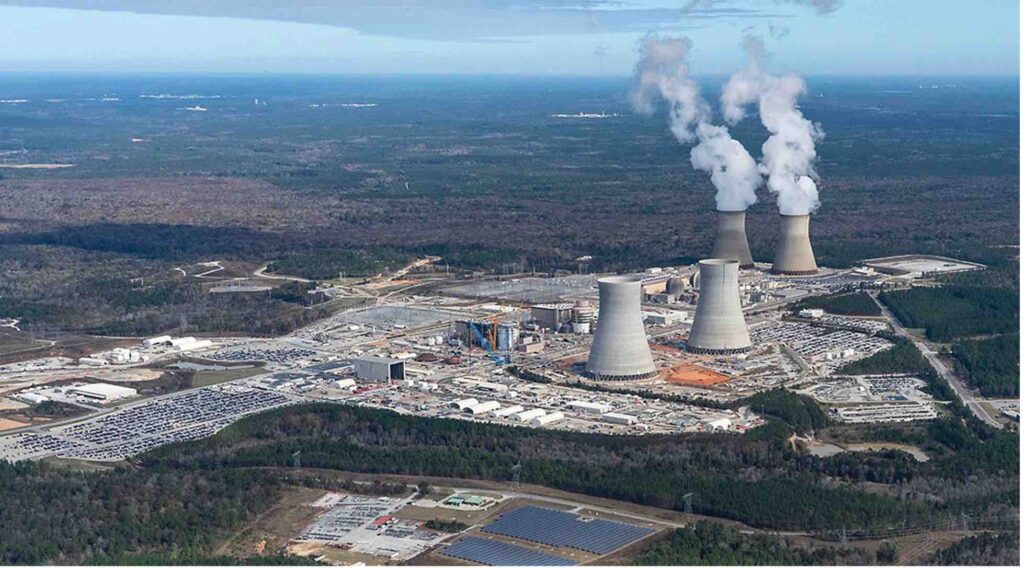
Challenges
Public Perception – Anything that is related with nuclear technology is seen as a threat especially after the nuclear war like situations in Fukushima and Nagasaki. In such a scenario, accepting a new technological advancement ( SMRs) for the masses is not easy.
Regulatory Measures – The operation of SMRs is still not fully functional. It has moderately started in Russia and China and is expected to go fully functional in 2026. The reason for this reluctance can partly be attributed to the notions around it and government regulations related to nuclear energy.
Competition – Due to the presence of other renewable sources of energy like wind and solar energy, this segment faces competition due to their wider acceptability and cost effectiveness.
Waste Disposal – For all sorts of nuclear energy production, waste disposal stands as a problem due to production of radioactive waste. This is another challenge that should be tackled.
The role of The International Atomic Energy Agency
The International Atomic Energy Agency (IAEA) is an intergovernmental body that seeks to promote vigilant usage of nuclear energy. The IAEA has established a platform to support countries in coordinating efforts related to all aspects of SMR development, deployment, and oversight. This includes electric and non-electric applications, such as use in district heating and desalination systems. The IAEA is also assessing the level to which existing IAEA safety standards can be applied to innovative technologies. They expect to publish a Safety Report on the applicability of IAEA safety standards to SMR technologies in 2022.
Additionally, the IAEA’s Technical Working Group on Small and Medium Sized or Modular Reactors (TWG-SMR) and the SMR Regulators’ Forum unites experts to discuss challenges and share experiences related to the development and future deployment of SMRs. The IAEA fosters sustainable nuclear energy development by hosting technical meetings, producing scientific and technical publications, and facilitating coordinated research projects.
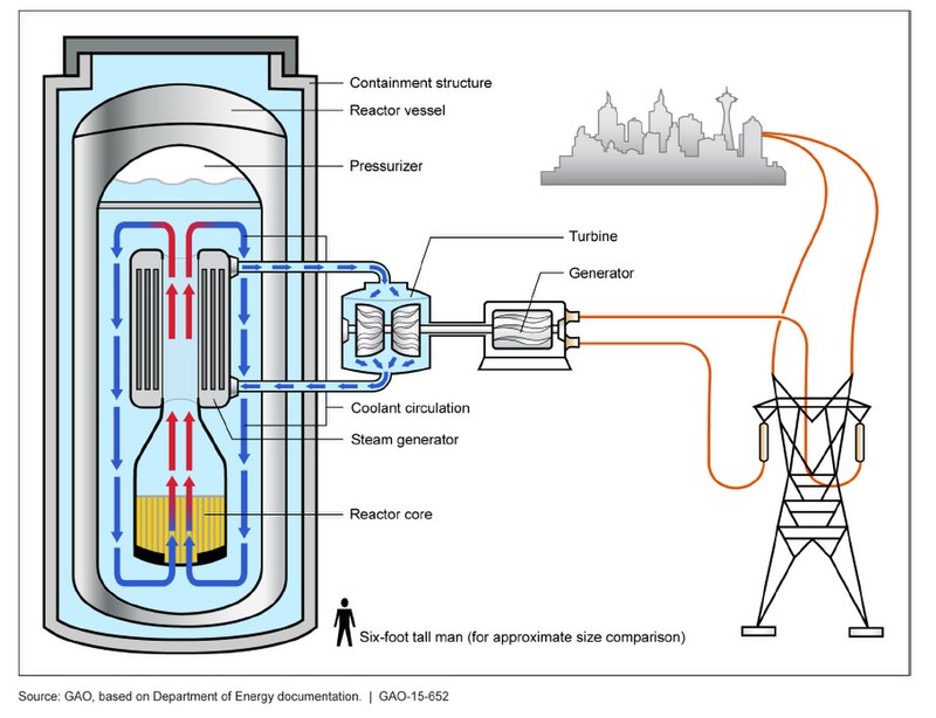
SMRs and Sustainable Development Goals
Small modular reactors (SMRs) and traditional nuclear power plants possess distinct advantages in terms of efficiency, economics, and flexibility. While nuclear reactors offer a dispatchable energy source, meaning they can adjust their output to match electricity demand, certain renewable energy sources, such as wind and solar, are intermittent, producing energy only when weather conditions permit.
SMRs can be effectively integrated with renewable energy sources to form hybrid energy systems, enhancing the overall efficiency and reliability of the energy supply. These characteristics position SMRs as a pivotal player in the transition towards a clean energy future, while also contributing to the achievement of the Sustainable Development Goals (SDGs).Progress towards the SDG7 goal of universal energy access has been encouraging; however, disparities persist, particularly in remote and rural areas. Global efforts to implement clean and innovative solutions are paving the way for increased adoption of renewable energy coupled with SMRs, a combination that holds promise for bridging these energy access gaps.
What’s going on in India currently?
Small Modular Reactors were mentioned during the recent G20 summit held in India with an aim to make a cluster of countries willing to participate in this clean energy initiative and help in spreading knowledge of the same. For India, this is a good opportunity as the country is big and has limited land infrastructure for nuclear energy developments.
SMRs would be a good fit and help India in reducing its carbon footprint and in reaching its goal of being carbon neutral by 2070. A collaborative approach between the government and private sectors is crucial for the advancement of SMR technology, given its nascent stage and investor concerns over business and regulatory risks. This partnership is essential to mitigate project risks and expedite commercialization.
SMRs can play a pivotal role in accelerating the energy transition by fostering wider adoption of nuclear energy. Their unique characteristics, such as reduced nuclear material requirements per reactor, adaptability to challenging sites, and phased capital investment through the incremental addition of SMR modules, make them a compelling solution for transitioning towards a cleaner energy future.
Some data driven insights about SMRs
The costs of achieving a 2 degree celsius temperature using SMRs are lower than normal nuclear reactors ( targeted mean global temperature )
SMRs can decrease the greenhouse gas emissions by almost 33% from an average of 13.6 CO2eq/kWh in conventional large scale nuclear power plants to 9.1 CO2eq/kWh.
The global market for SMRs is expected to reach $72.4 billion by 2033 and $295 billion by 2043, representing a CAGR of 30% in this period.
SMRs have significantly reduced fuel requirements, allowing for longer periods between refuelings. Conventional nuclear power plants typically require refueling every 1-2 years, while SMRs may only need refueling every 3-7 years. Some SMR designs even allow for operation for up to 30 years without refueling, further reducing fuel costs and logistical burdens.
What’s the conclusion ?
Despite the challenges, SMRs hold immense promise for revolutionizing the energy landscape. Their inherent safety, cost-effectiveness, flexibility, and sustainability make them a compelling solution for addressing our growing energy needs while minimizing environmental impact. As the technology matures and public understanding improves, SMRs are poised to play a pivotal role in shaping a cleaner and more sustainable energy future.
SMRs represent a transformative advancement in energy technology, offering a safer, more cost-effective, and environmentally sustainable approach to electricity generation. While challenges remain, the potential benefits of SMRs are undeniable, paving the way for a cleaner and more resilient energy future.
Written by – Arushi Bhatt
Edited by – Khalid Khursheed


